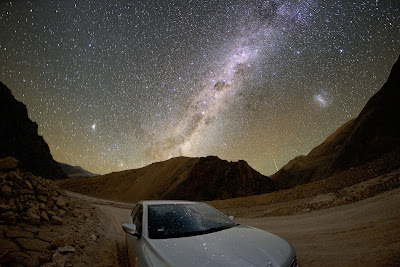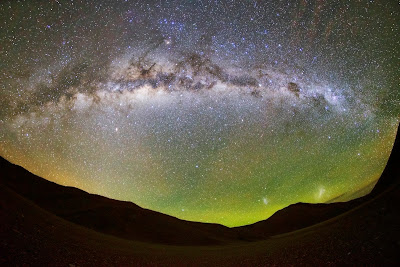Time lapse video of Atacama night sky
How does it appear an unpolluted sky? What can be seen? How many stars? And the Milky Way is visible? These are some of the questions that many persons are asking to me, so I decided to create a time lapse video with the footage taken during the last three months under the Atacama Sky. This video well shows you the beauty of the sky. With naked eye you don't see the colours and the contrasts are more tenuous, but the show is still gorgeous. Enjoy the time lapse with 4K resolution:


